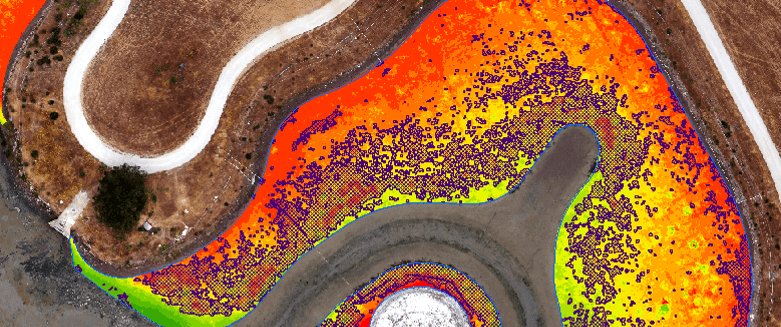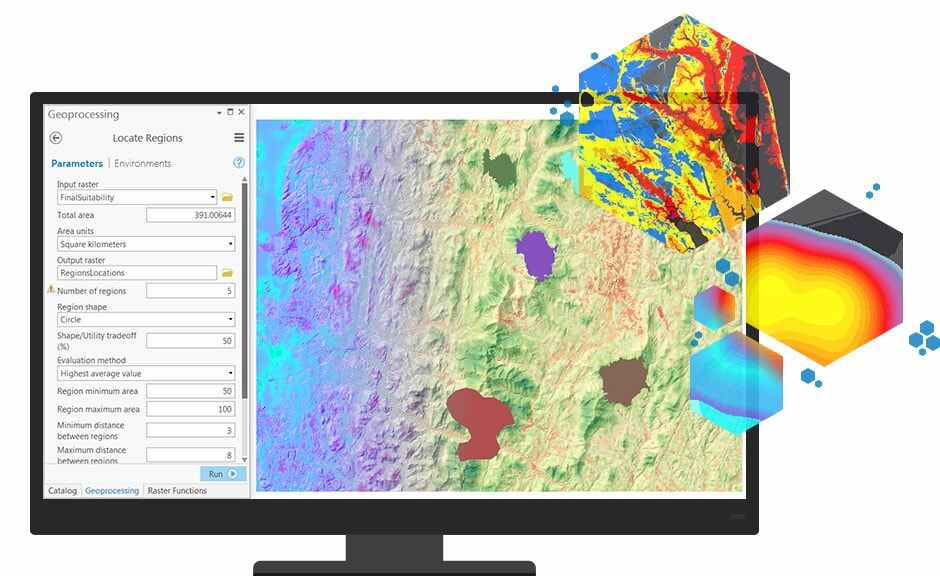Advanced Spatial Analysis
In GIS and Remote SensingAbout this course
Course Scope and Purpose
Spatial analysis is key to the successful application of GIS to today’s difficult and critical environmental and social challenges. This course aims to provide students with the knowledge and skills necessary to investigate the spatial patterns which result from social and physical processes operating on or near the Earth’s surface. Essential theoretical concepts of quantitative geography are examined, including measures of geographical distribution (including point and areal pattern analysis) and spatial auto correlation, interpolation and network connectivity. The focus is on understanding the theories and context of spatial analysis so that you are equipped to find and apply the best analytical tool for your problem and to correctly and appropriately interpret and present your results. Since proficient spatial analysis requires imaginative application of a myriad of available tools, there are far more tools and techniques available than we can possibly cover in a single course. Therefore, practical assignments in this course are not intended to provide comprehensive training in any of the wide range of available tools, but rather to develop skills that will help you find, understand and use the multitude of tools and, importantly, the related learning resources when you need them in the future.
Learning Outcomes
On completion of this course, students should be able to:
Plan, design and implement a spatial analysis project demonstrating the ability to select, apply and critically interpret appropriate methods for the analysis of geographical
List several different approaches to spatial analysis and differentiate between
Create spatial models including surface models, density models, hill shades, and view sheds
Outline the geographic concepts of distance, adjacency, interaction and neighborhood and discuss how these are fundamental in performing spatial
Apply appropriate spatial references (datum and projection) to spatial data before undertaking analysis.
Outline the central role that spatial auto correlation plays in spatial analysis and explain how it helps and hinders the use of current tools.
Course layout
Proximity Analysis
Extraction tools
Surface
Hydrology
Interpolation
Distance
Density
Project a Student Choice based
Requirements
Computer application basics
A laptop, 4GB RAM minimum, i-5/Dual Core , 64 bit OS
IT/ Computer Scientists
Urban Planners
Agricultural Scientists
NGO/Civil Society Employees
Geo scientists
Draftsmen
Architectural Students/Architects
Assessment:
After completing and passing the course successfully, you will be able to obtain an Accredited Certificate of Achievement.
At the end of the course, you will be required to do a real-life Project. Your evaluation will ascertain whether you qualify for a certificate of Technical Competence. It is important to note that some course assessments lead to the award of an accredited certificate by the Ministry of Education and Sports of Uganda







